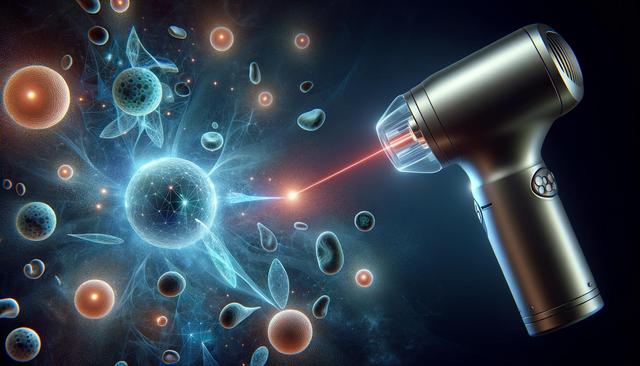Understanding Laser Fat Removal
Laser fat removal, also referred to as non-surgical body contouring, is a cosmetic procedure designed to target and eliminate fat cells using laser energy. It is a popular alternative for individuals who are not looking for surgical interventions like liposuction but want to address localized fat deposits that are resistant to diet and exercise. The procedure works by applying laser-generated heat to the fat tissues beneath the skin, which disrupts fat cells and allows the body to naturally eliminate them over time through the lymphatic system.
Different types of lasers are used depending on the machine and treatment provider. While each device may operate slightly differently, the core concept remains the same: controlled laser energy is used to break down fat without damaging surrounding tissues. This makes the procedure relatively safe, with minimal downtime compared to surgical options.
It’s important to note that laser fat removal is not a weight-loss solution. Instead, it’s intended for body sculpting and contouring, ideal for individuals who are close to their target weight but struggle with isolated fat pockets.
How the Procedure Works
The laser fat removal process typically begins with a consultation where a qualified technician assesses the areas of concern and determines if the individual is a suitable candidate. Once approved, the procedure can take anywhere from 25 to 60 minutes depending on the area being treated. Many sessions may be recommended for optimal results.
Here’s a general overview of what to expect during a session:
- The targeted area is marked and prepared.
- A laser applicator is placed on the skin, delivering controlled heat to the fat layer beneath.
- The patient may feel warmth or a slight tingling sensation but typically no pain.
- After treatment, the applicator is removed and the area may be massaged to enhance fat cell elimination.
The body’s lymphatic system then processes and removes the disrupted fat cells over the following weeks. Some individuals report seeing changes in as little as three weeks, with continued improvement over two to three months.
Benefits and Considerations
One of the key advantages of laser fat removal is its non-invasive nature. Since there are no incisions or anesthesia involved, the risks associated with surgery are significantly reduced. Recovery time is minimal, and many people resume their normal activities immediately after treatment.
Key benefits include:
- Non-surgical and low-risk approach to fat reduction
- Minimal discomfort during and after the procedure
- No need for downtime or recovery periods
- Gradual, natural-looking results
However, there are considerations to keep in mind. Results can vary depending on the individual’s body type, lifestyle, and adherence to post-treatment care. Additionally, multiple sessions are often required to achieve noticeable results. Cost may also be a factor, as treatments are typically priced per session and per area.
Who Is a Good Candidate?
Ideal candidates for laser fat removal are individuals who maintain a stable weight, follow a healthy lifestyle, and have realistic expectations. This procedure is particularly effective for those who have localized fat deposits that resist traditional weight loss methods.
People who may benefit most include:
- Those near their target weight seeking body contouring
- Individuals looking for a non-invasive alternative to liposuction
- Patients with small to moderate areas of stubborn fat
Laser fat removal is not recommended for those with certain medical conditions, pregnant individuals, or people with unrealistic expectations for dramatic fat loss. A consultation with a trained specialist is essential to determine eligibility and establish a customized treatment plan.
Aftercare and Maintenance
Post-treatment care is crucial in maximizing the effects of laser fat removal. While the procedure itself is low-maintenance, following a few guidelines can help enhance and maintain the results.
Recommended aftercare steps include:
- Staying hydrated to help flush out eliminated fat cells
- Engaging in light physical activity to stimulate the lymphatic system
- Maintaining a balanced diet to prevent new fat accumulation
- Avoiding alcohol and caffeine for at least 24 hours post-treatment
Results are not permanent if a healthy lifestyle is not maintained. While fat cells removed by the laser do not return, remaining fat cells can expand if calorie intake exceeds what is burned. For long-term success, patients should be committed to healthy habits and consider periodic touch-up sessions if needed.
Conclusion
Laser fat removal offers a convenient and non-invasive solution for individuals looking to reduce stubborn fat and improve body contours. While it is not a substitute for weight loss, it can be an effective tool for enhancing physical appearance when combined with a healthy lifestyle. As with any cosmetic procedure, consulting with a qualified provider and understanding the process, benefits, and limitations is essential to achieving satisfactory outcomes. For those seeking subtle, natural-looking improvements without surgery, laser fat removal could be a suitable option worth exploring.


